What's In A Product: What an Ingredient Deck and Ingredient Percentages Can’t Tell You

Skincare enthusiasts and consumers are becoming more and more informed. The first step to understanding a product is to read an ingredient list, which provides the entire makeup of a formulation, listing ingredients in descending order of percentage in product. That being said, an ingredient deck is not indicative of all of the technologies used in said product, or efficacy of each ingredient. Read on to learn more about what an ingredient deck can and can’t tell you.
THE SCIENCE BEHIND IT…
OVERALL CLINICAL DATA ON SPECIFIC INGREDIENT(S) & HOW THEY FUNCTION:
The FDA has established regulations on cosmetic product labeling, which include listing ingredients in descending order of predominance (down to 1%) and identifying chemicals by their INCI (international nomenclature of cosmetic ingredients).1 These regulations are in place to protect consumers and reduce the chance of allergic reaction, if the consumer has a known allergy or is sensitive to a specific ingredient. This also gives consumers the power to know what is and isn’t in their products, allowing them to be more selective with their purchases. There is an increasing trend of identifying ingredient percentages alluding to a product’s efficacy; however, consumers mistakenly believe that knowing ingredient percentages will tell them the efficacy and quality to expect from a product. Consumers are demanding transparency and ingredient percentages, but there is a lot that this information can’t tell you.
Molecular Weight And Size
The efficacy and properties of some cosmetic ingredients depend on the molecular weight, which is not determined by a percentage. Dimethicone and hyaluronic acid are two examples of this. Both dimethicone and hyaluronic acid are polymers, long chains of repeating subunits that vary in length. The properties of dimethicone, aka polydimethylsiloxane, vary based on the chain length or viscosity, often noted in centistokes (cst). A 0.65cst dimethicone is volatile and helps with slip and sensorial properties while a 350cst dimethicone can be used as an OTC skin protectant and is much more substantive. The viscosity of dimethicone is not listed on an ingredient deck. The biological effect of hyaluronic acid depends on its molecular weight. Hyaluronic acid is a naturally-occuring, large molecule that forms a breathable film on the skin, preventing transepidermal water loss. In order to penetrate the skin, hyaluronic acid needs to be hydrolyzed, or chopped into smaller fragments, and these smaller fragments have different skin benefits than high molecular weight hyaluronic acid. Studies have shown that its skin hydrating properties are independent of molecular weight, but its wrinkle reduction benefit is best seen with low molecular weight application due to enhanced penetration.2 Ingredient decks don’t differentiate between the various molecular weights.
Bioavailability
A percentage doesn’t indicate the bioavailability of an ingredient. The term bioavailability refers to the rate and extent of availability of the active ingredient at the site of action, such as the epidermis or dermis. Simply using a product with a high level of an active ingredient does not ensure the active ingredient will be effective on the skin. The skin acts as a barrier through its acid mantle (or naturally acidic pH), microbiome, occlusive lipid layer, and tightly joined corneocytes. The skin favors ingredients that are small (below 500Daltons), uncharged, and have optimal hydrophilic and hydrophobic properties (often identified by the octanol-water partition coefficient). Most people are familiar with the fickleness of L-ascorbic acid (vitamin C). L-ascorbic acid is the most biologically active form of vitamin C but to be efficacious it needs to be in its uncharged form. L-ascorbic acid is also oxidatively unstable and degrades in the presence of light and air. Traditional skincare formulas containing free ascorbic acid need to be formulated at pH 3.5 or below for optimal stability and permeability which can be irritating. An ingredient percent can tell you how much is in the product but not the ingredient’s stability or bioavailability.
Delivery Systems
Ingredient percentages don’t disclose delivery systems or unique technologies used in a product, to overcome stability and bioavailability challenges. Chemists utilize permeation enhancers, including encapsulated delivery systems such as liposomes, niosomes, and microencapsulation, to aid in the delivery of an active. Chemists also utilize these delivery systems for actives that may be chemically unstable or prone to oxidation. These systems enhance stability, safety, and efficacy by reducing active ingredient degradation, allowing for controlled release of the active, and improving skin penetration. Encapsulation also allows an active to be more bioavailable at a fraction of the typical use level. Efficacy using an encapsulated bioactive at a low percentage can be the same or greater than a high dosage level of the free bioactive due to enhanced bioavailability and stability. Naturium uses specialized delivery systems to aid in stability, efficacy, and skin tolerability of L-ascorbic acid and retinol. These delivery systems allow our retinol, vitamin C, niacinamide, and salicylic acid to be stable and compatible in our Vitamin C Super Serum Plus. Delivery systems and unique technology cannot be obtained from simply knowing the ingredient percentages.
Formula pH
Ingredient percentages don’t indicate the final formula pH. As we mentioned in our salicylic acid entry, the efficacy of some ingredients hinge on formula pH. For example, glycolic acid is a keratolytic agent and pH dependently increases desquamation to even pigment distribution and smooth wrinkles. It also has antimicrobial properties below pH 4.0. 3 Glycolic acid has a pKa of 3.83 so below a pH of 3.83 more than 50% of the glycolic acid species is in its biologically active form while the remainder is ionized and does not penetrate the skin due to its charge. The lower the pH, the more unionized glycolic acid species and the greater the penetration. However, too low a pH results in skin irritation, erythema, and increased photosensitivity. Both efficacy and irritation from glycolic acid depend on the concentration, pH, and formula as a whole.
Synergy
Ingredients in a formula don’t work independently and ingredient percentages can’t tell you possible synergy that can occur. Sometimes the whole is more than the sum of its parts and a combination of ingredients provides better results than predicted if each ingredient were used independently. A well known raw material on the market called Matrixyl 3000 contains two signaling molecules, palmitoyl tripeptide-1 and palmitoyl tetrapeptide-7, that synergistically induce dermal remodeling by aiding in collagen, fibronectin, and hyaluronic acid synthesis. Tissue cultures show that the combination increased synthesis of the skin matrix with greater efficacy than what was expected as the sum of the individual peptides. This phenomenon can’t be explained by an ingredient deck or percentages.
Blends
Ingredient percentages don’t disclose the blends or trade names of active ingredients in a formula. Many times ingredients are offered as a blend and each blend is a mini formula itself. These blends are often accompanied by in-vitro, in-vivo, or ex-vivo testing to provide insight into the theoretical efficacy, if used in a finished product. These blends are also tested for safety and have suggested use levels, pH conditions, and incompatibilities. These blends, identified by trade names, need to be broken down into their individual components for an ingredient label. Chemists find it more useful to speak about trade names rather than INCIs when describing ingredients in a formula.
Purity and Quality
The INCI can tell you the classified name of a material but it does not disclose the processing of the ingredient or impurities produced in the processing. Typical glycolic acid production leaves residual amounts of formaldehyde in the glycolic acid raw material.4 Traditionally glycolic acid is produced via the carbonylation of formaldehyde or by using glycolonitrile as the starting material which produces formaldehyde in the process; however, Naturium’s glycolic acid products contain a glycolic acid that is produced through a proprietary process and purification step that offers glycolic acid free of formaldehyde. An ingredient deck or ingredient percentages can’t give insight into the processing and purity of ingredients.
Sustainability and Traceability
The sustainability and origin of an ingredient is just as important as its use level in a finished product. Naturium’s marula oil is sustainably sourced from marula trees in Namibia. We are able to ensure fair and ethical trade with the all women’s organization that gathers, collects and processes pure, cold-pressed, virgin-grade, organic marula oil. This is a zero waste process as the fruit pulp, fruit flesh, nut husks, and nut oil are all used for various industries. This process is vital to the livelihood of the communities, generating income and environmental benefits. Our rural producers are only producing oil from 10-15% of the harvesting potential of marula oil as well as planting more wild trees this year to guarantee sustainability and supply. We also have other ingredients both natural and synthetic that are sustainably sourced. Ingredient decks and percentages cannot provide sustainability and traceability information on the ingredients.
It is important to understand the intent behind a formula. Before even creating a prototype, formulators need to take into consideration molecular weight and size of ingredients, final formula pH, bioavailability of the ingredients, synergistic interactions, purity and quality, and sustainability and traceability. That’s of course in addition to color, odor, sensorial properties, and consumer experience of the final product. One of the purposes of the The Lab Journal blog is to discuss our intent and strategy behind the formulas we create, because simply providing percentages isn’t helpful. Similar to a Monet impressionist painting, a formula is a collection of many parts that need to be viewed as such. A Monet painting is a collection of individual brushstrokes- when separated the brushstrokes are unintelligible or ambiguous, but when seen together provide a beautiful masterpiece. One needs to take a step back and account for all the brushstrokes, just as one needs more than the ingredient percentages to understand the makeup and beauty of a cosmetic product.

DISCLAIMER:
Lab Journals are intended to help educate on specific ingredients and skin care topics. Our articles are written to be informative and informational.
Please note any Naturium products with referenced ingredients are formulated for Cosmetic Use Only and NOT intended as replacements for physician pharmaceutical product recommendations.

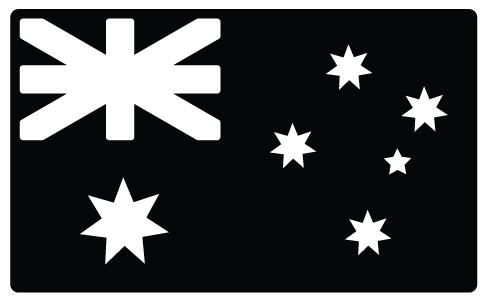
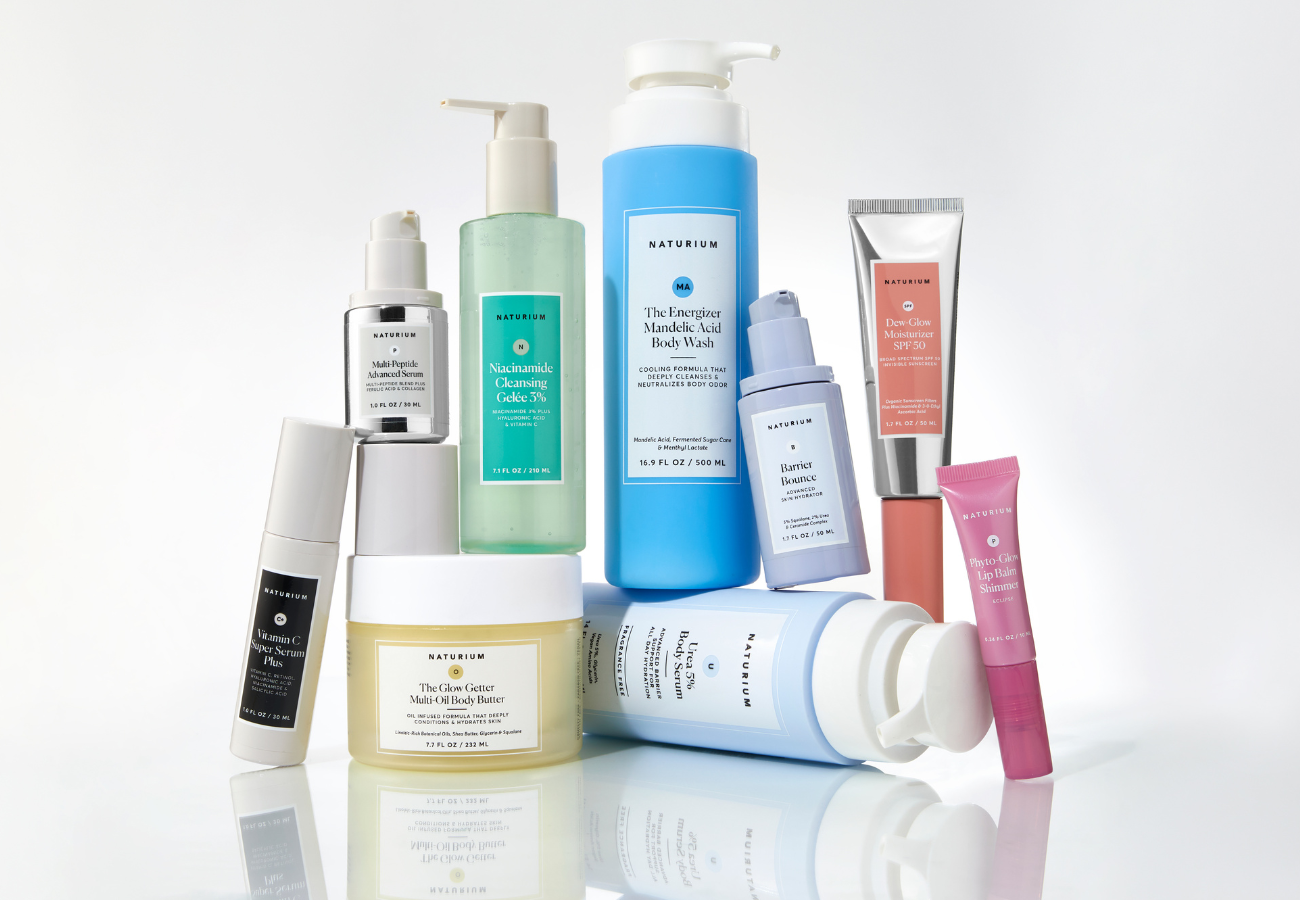
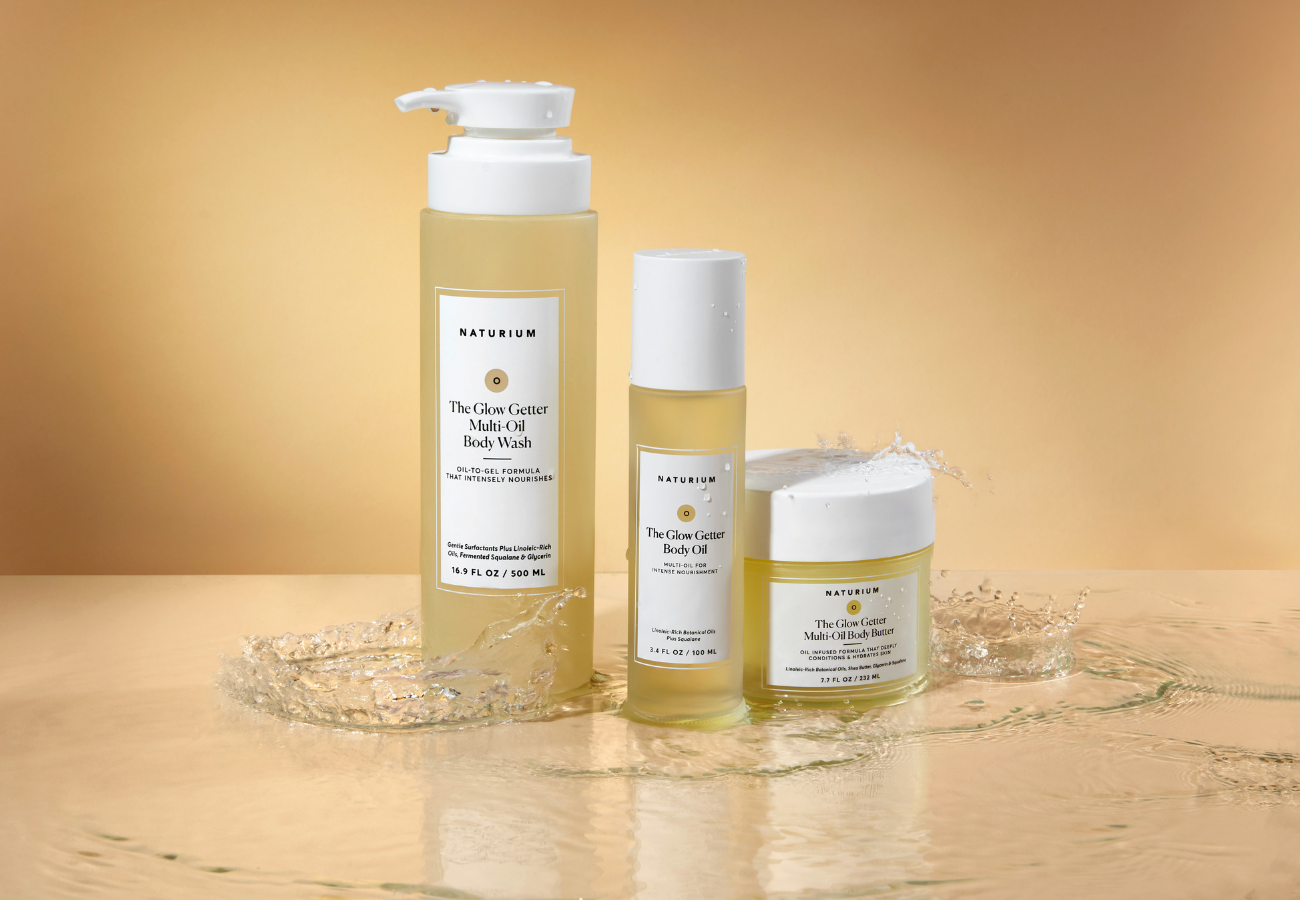
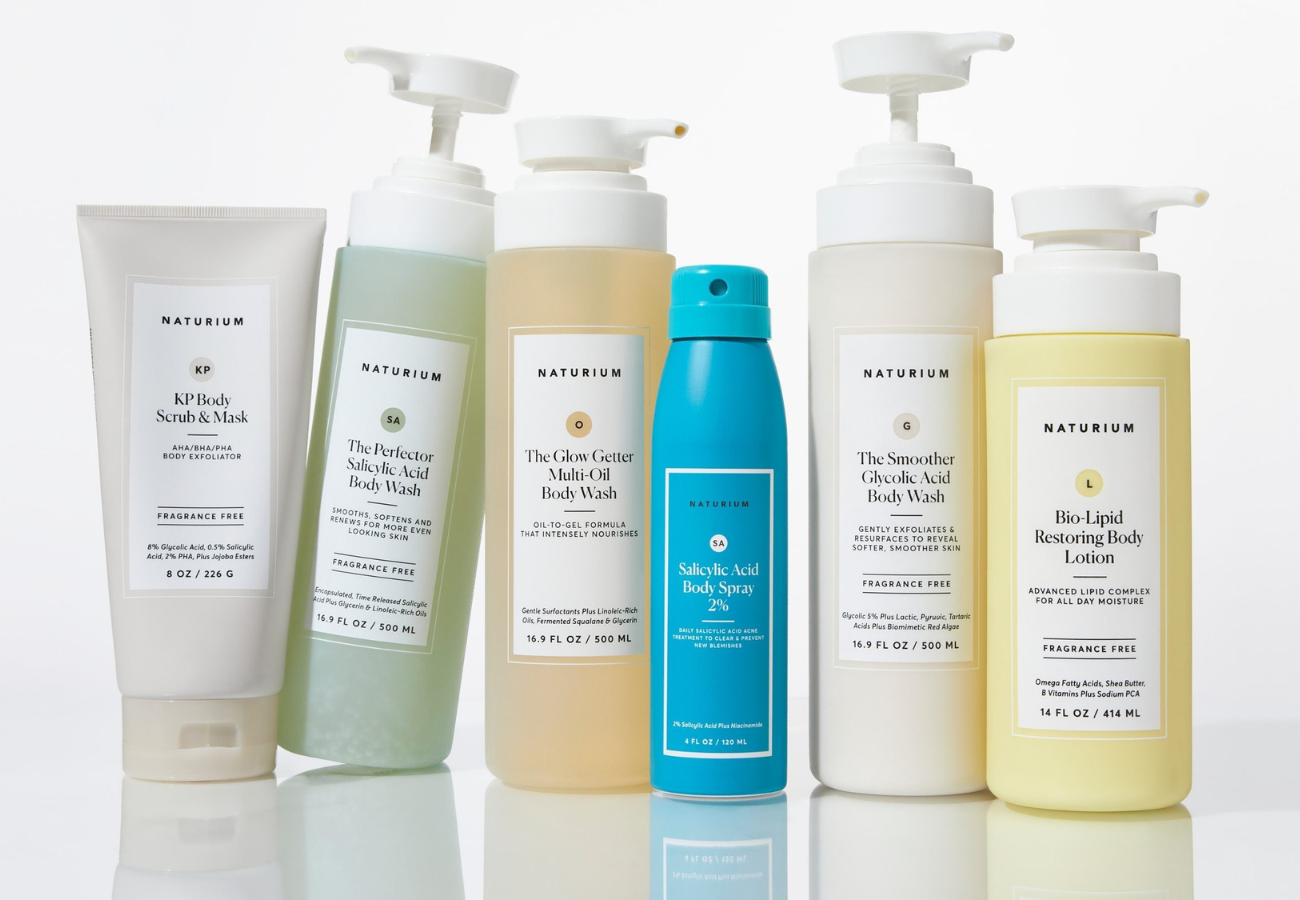
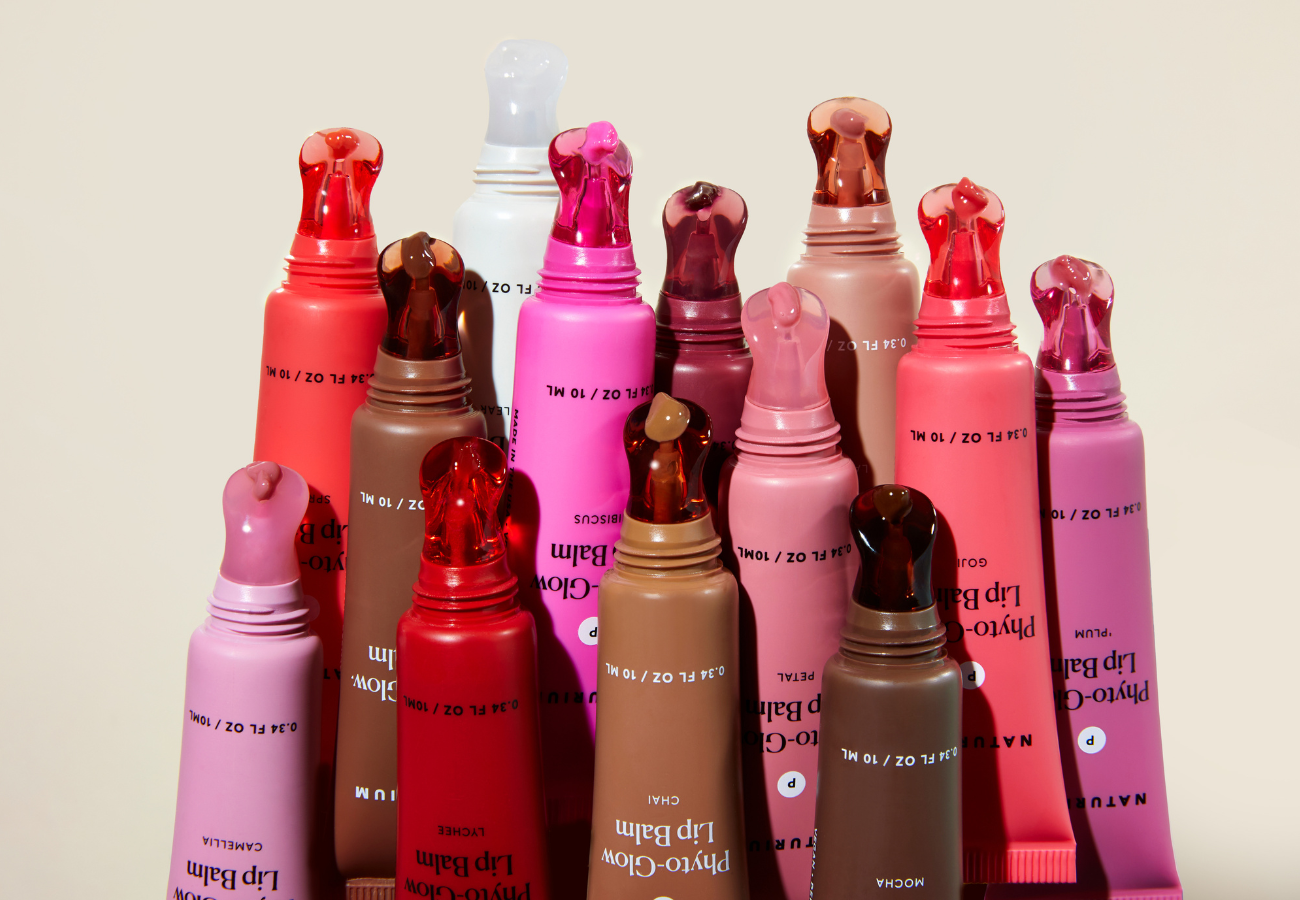
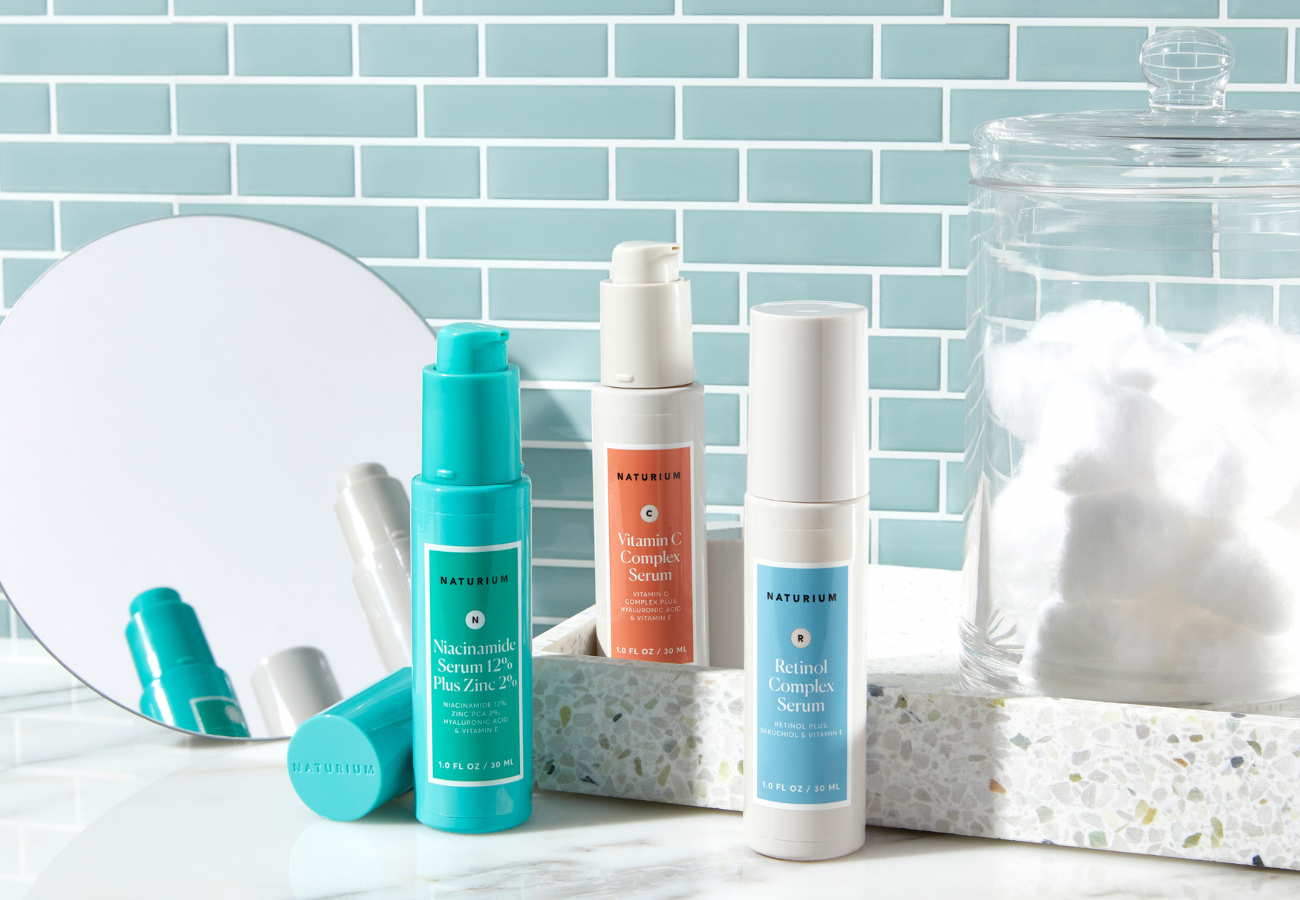
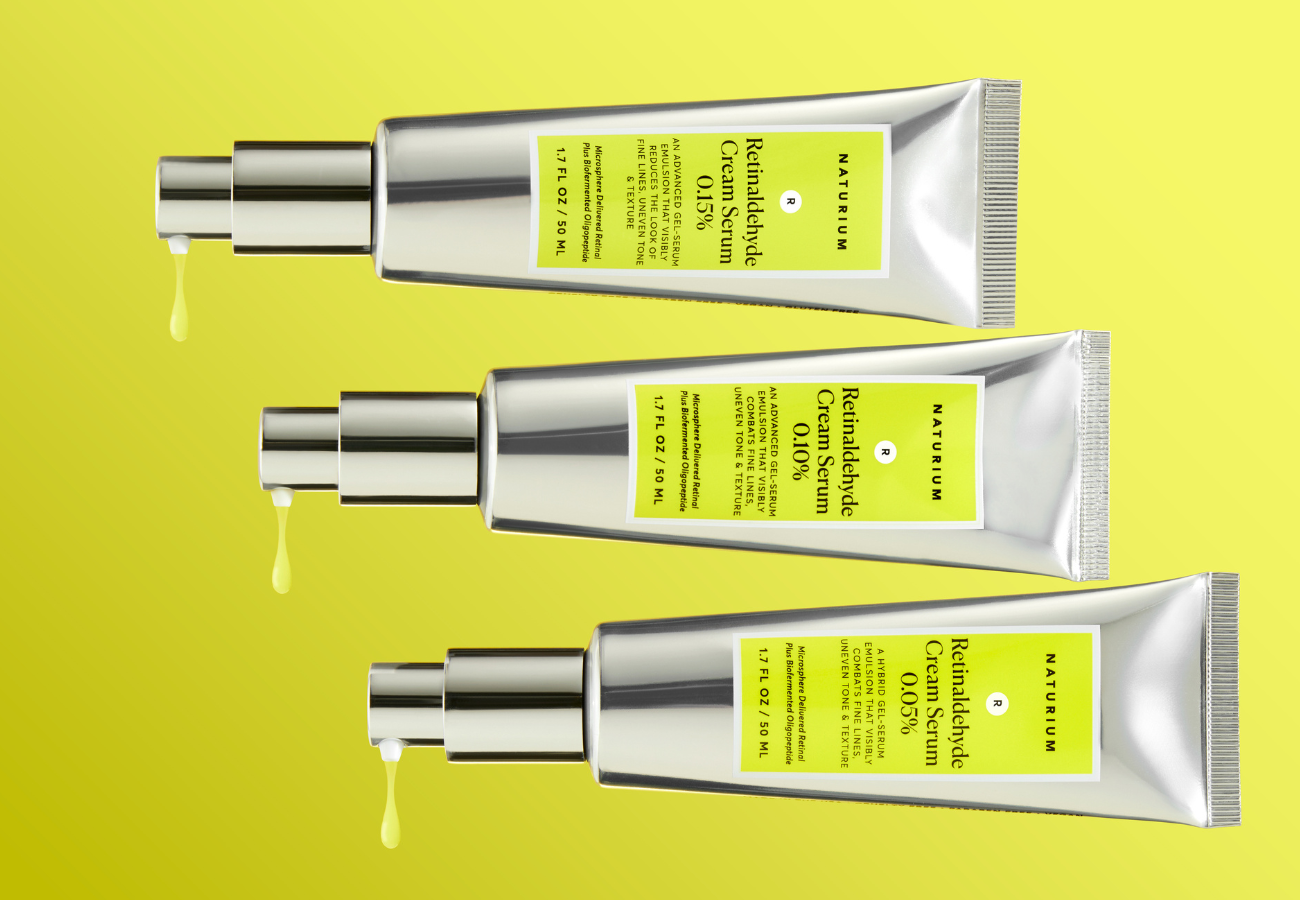
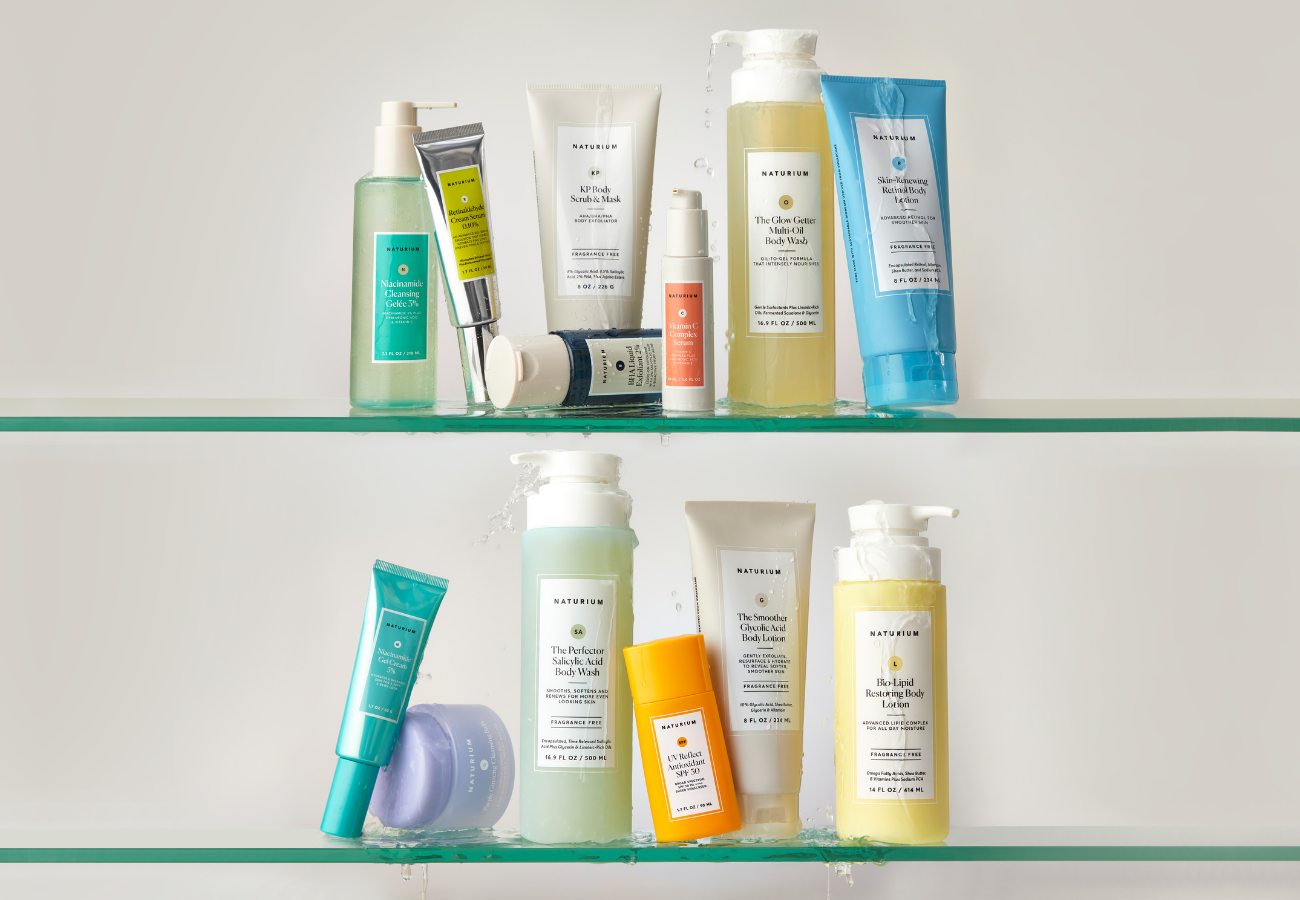
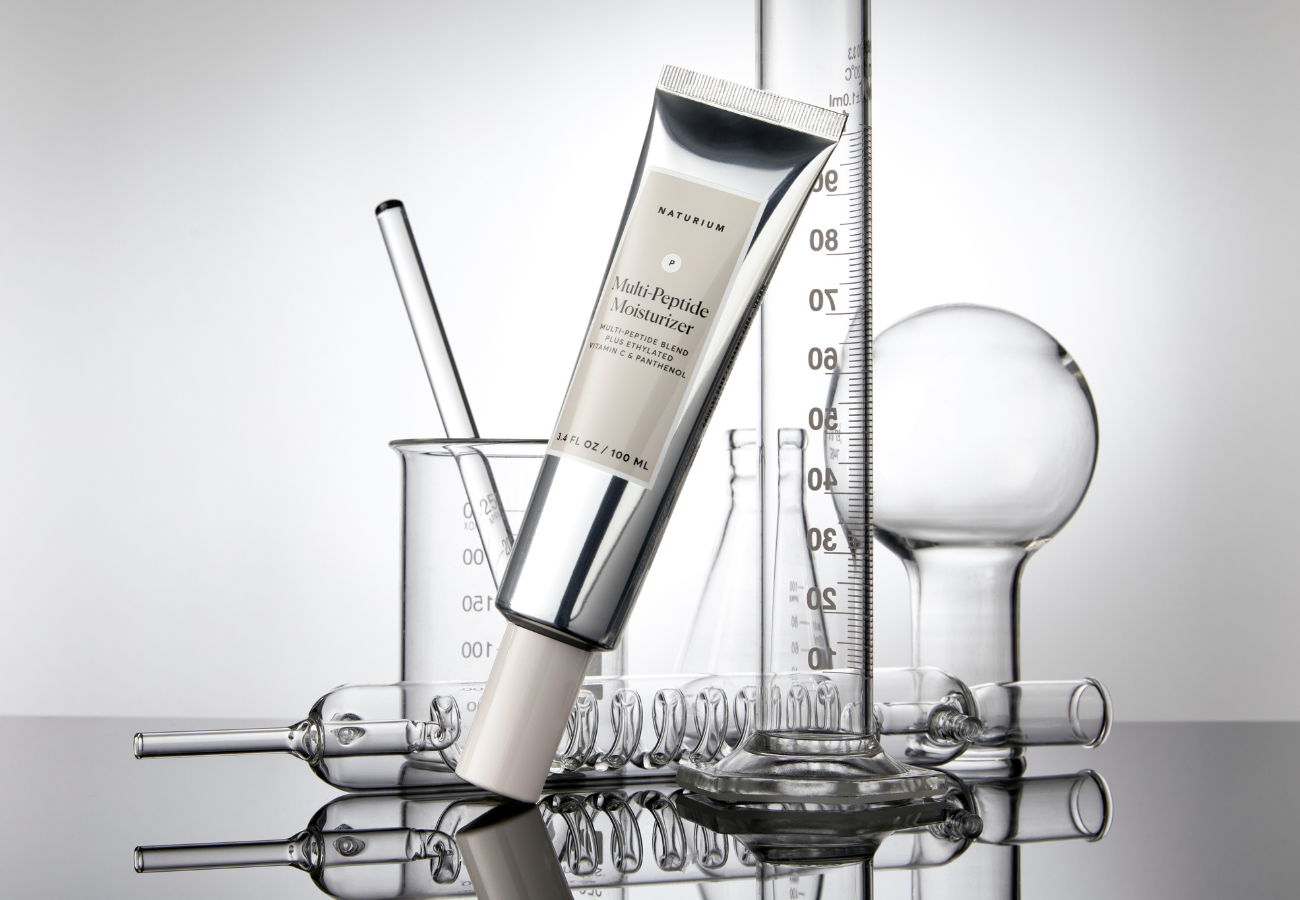


Leave a comment
This site is protected by hCaptcha and the hCaptcha Privacy Policy and Terms of Service apply.